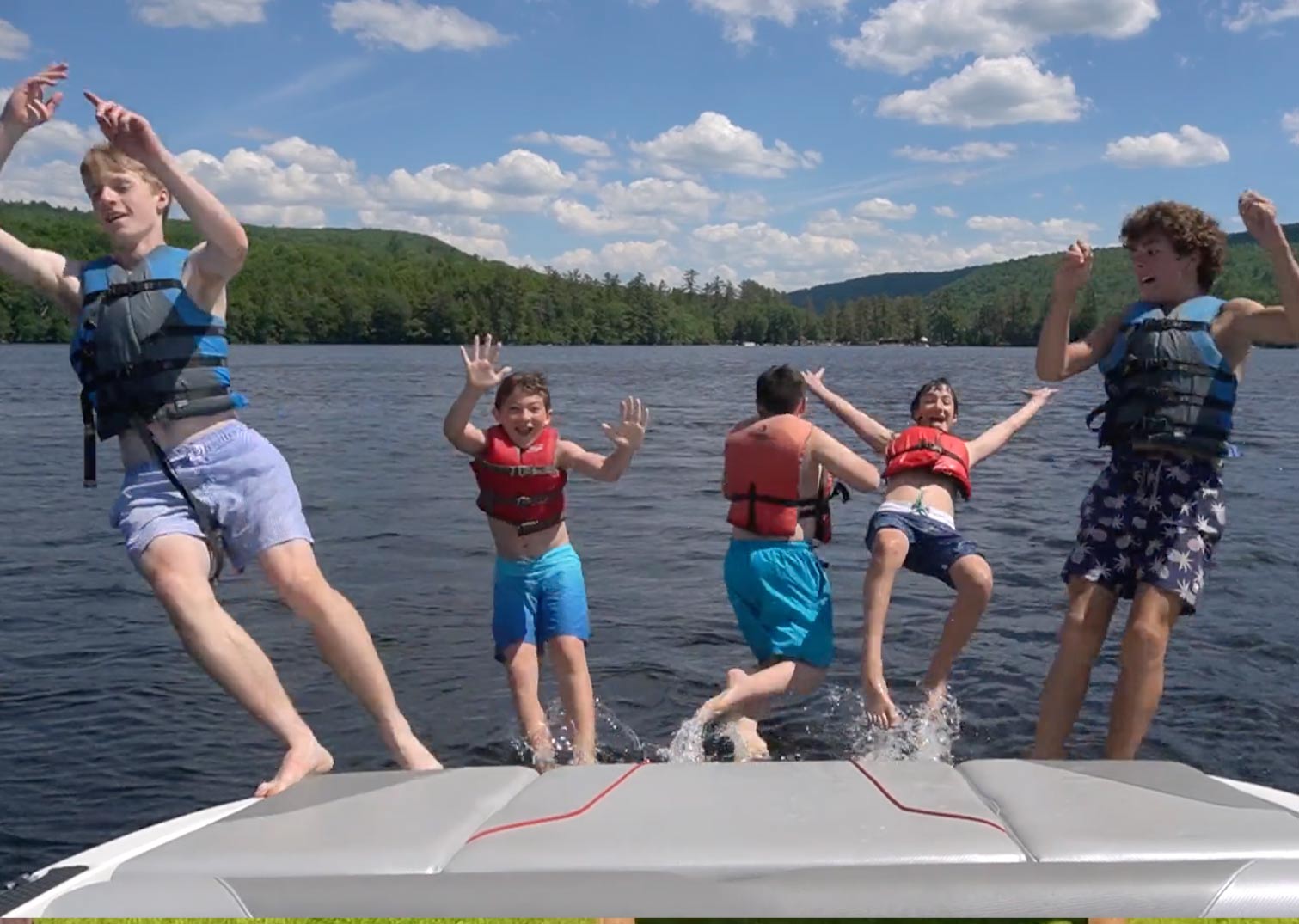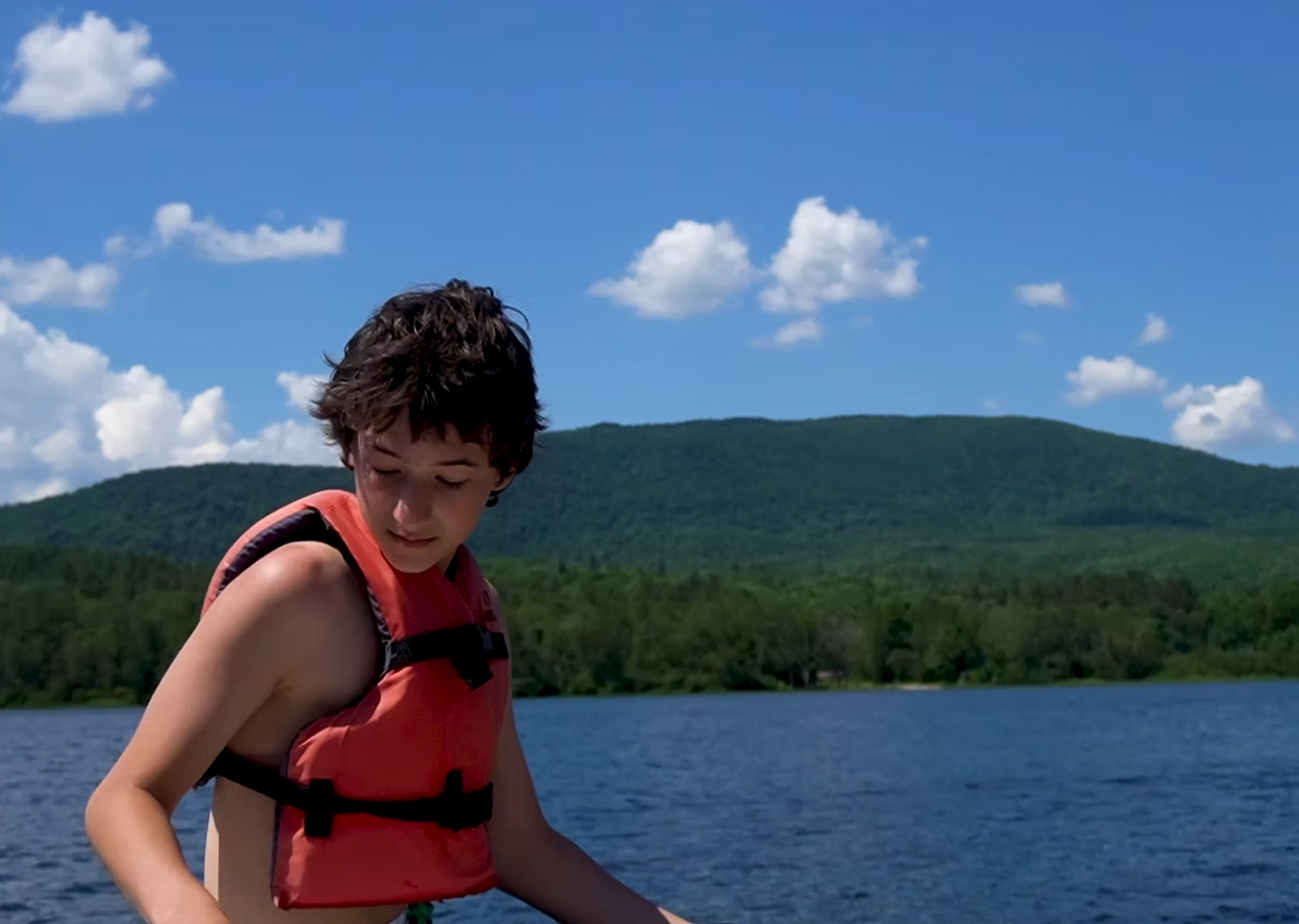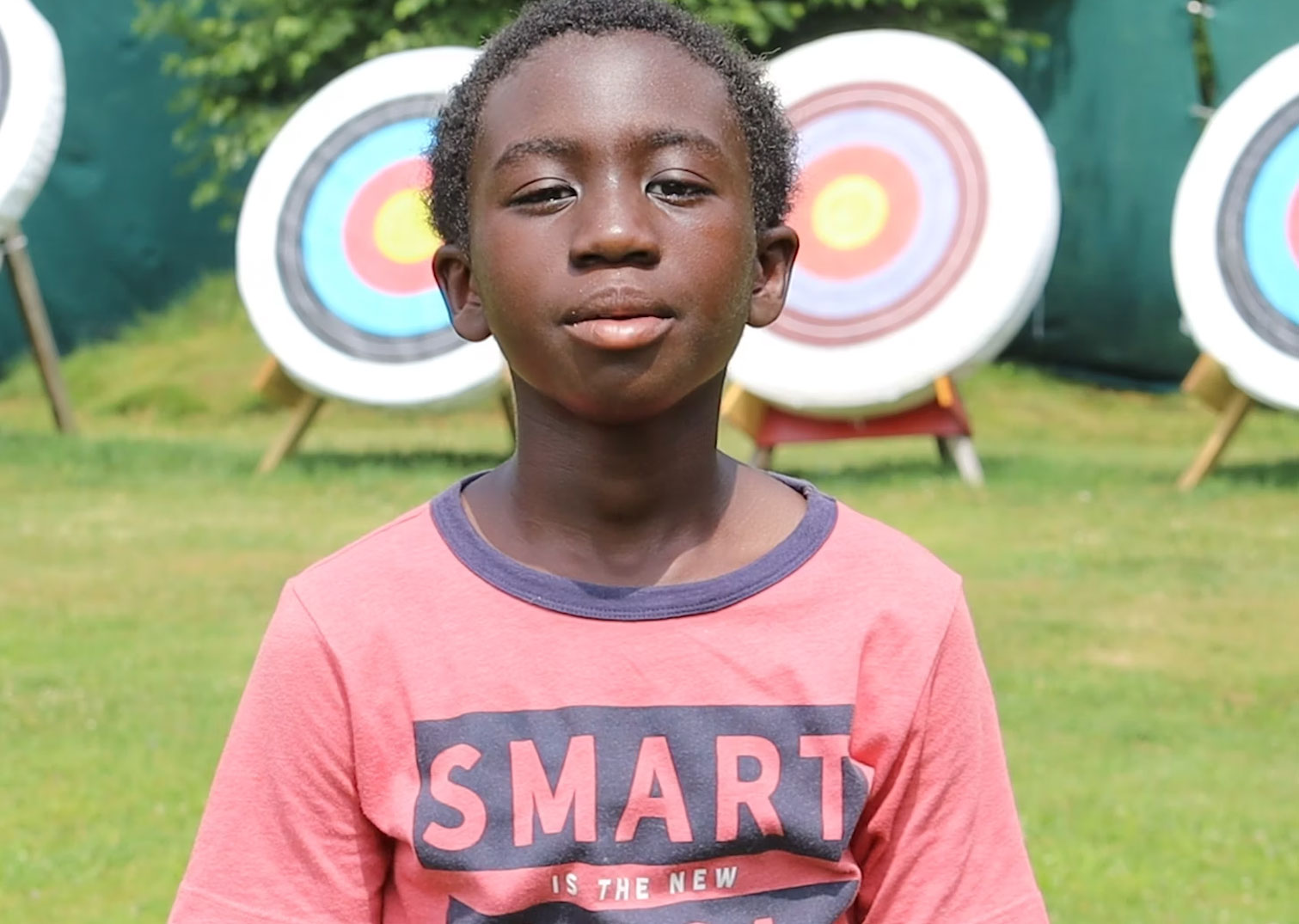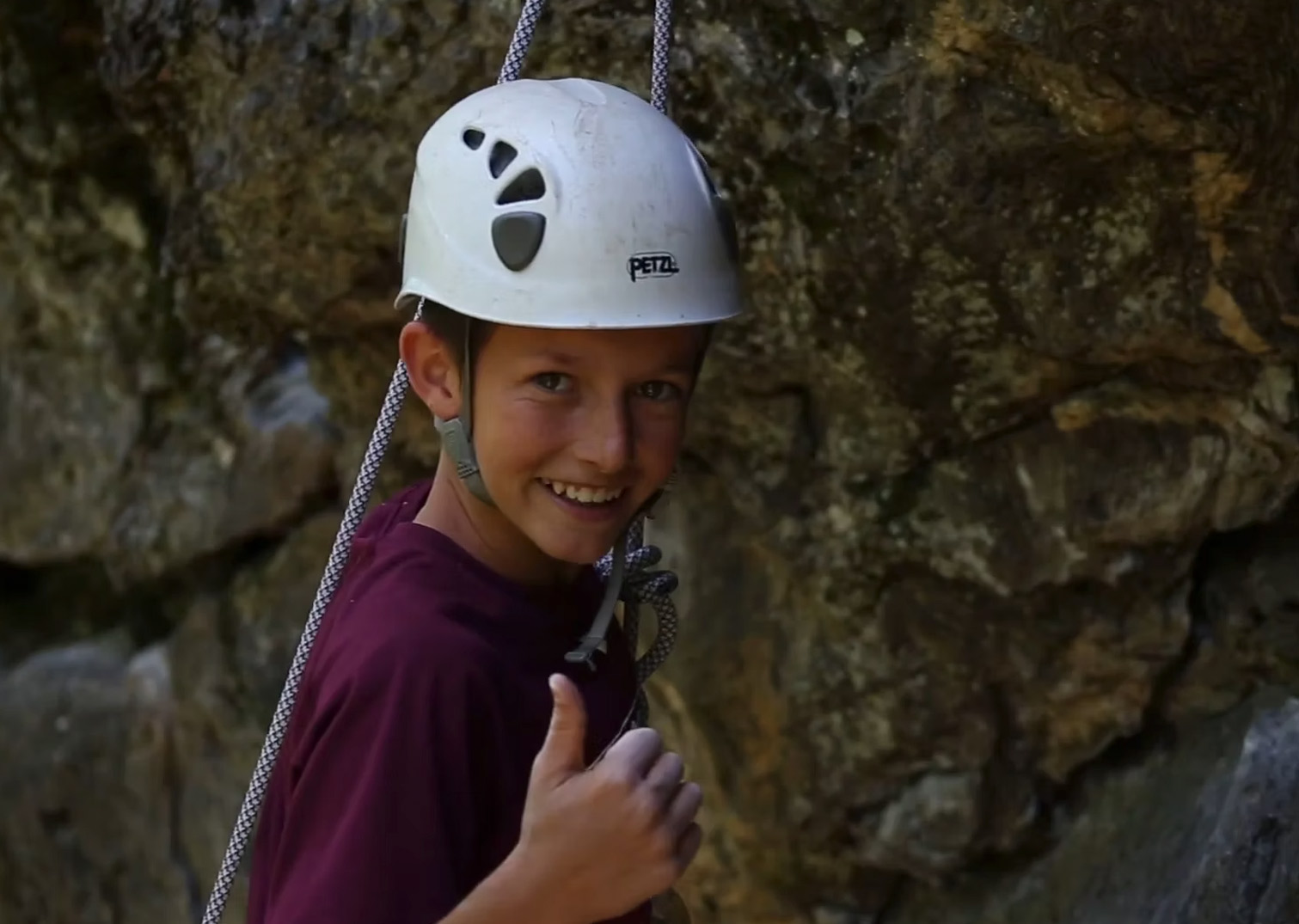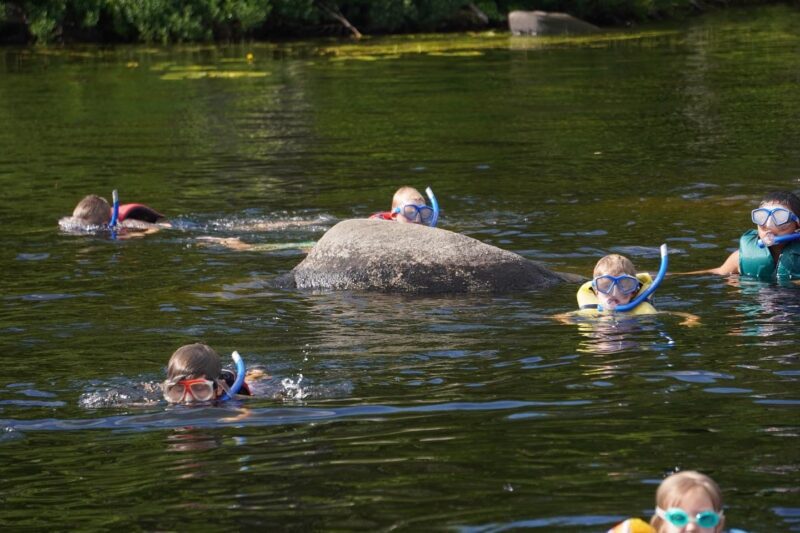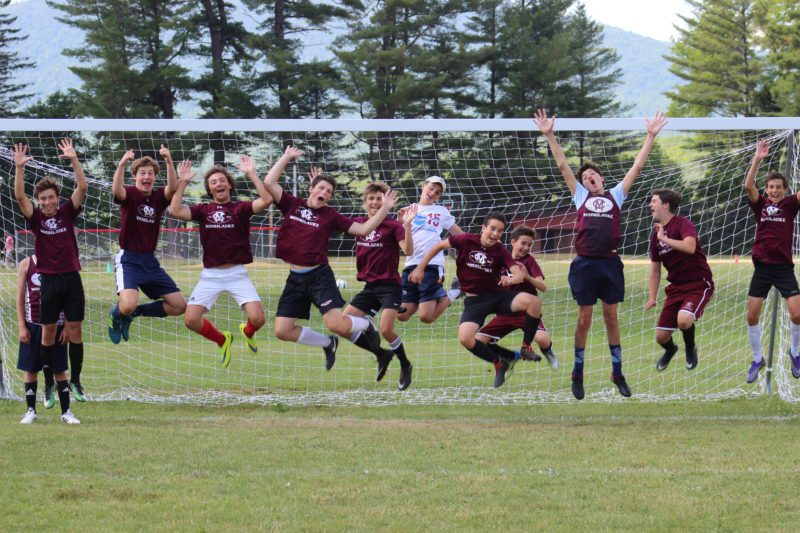Peer Culture: How A Camp Creates A Great One
It is our firm belief at Moosilauke that the most powerful factor in the life of a camper (especially a teenage camper) is the peer culture he is immersed in.
Peer Culture: How A Camp Creates A Great One
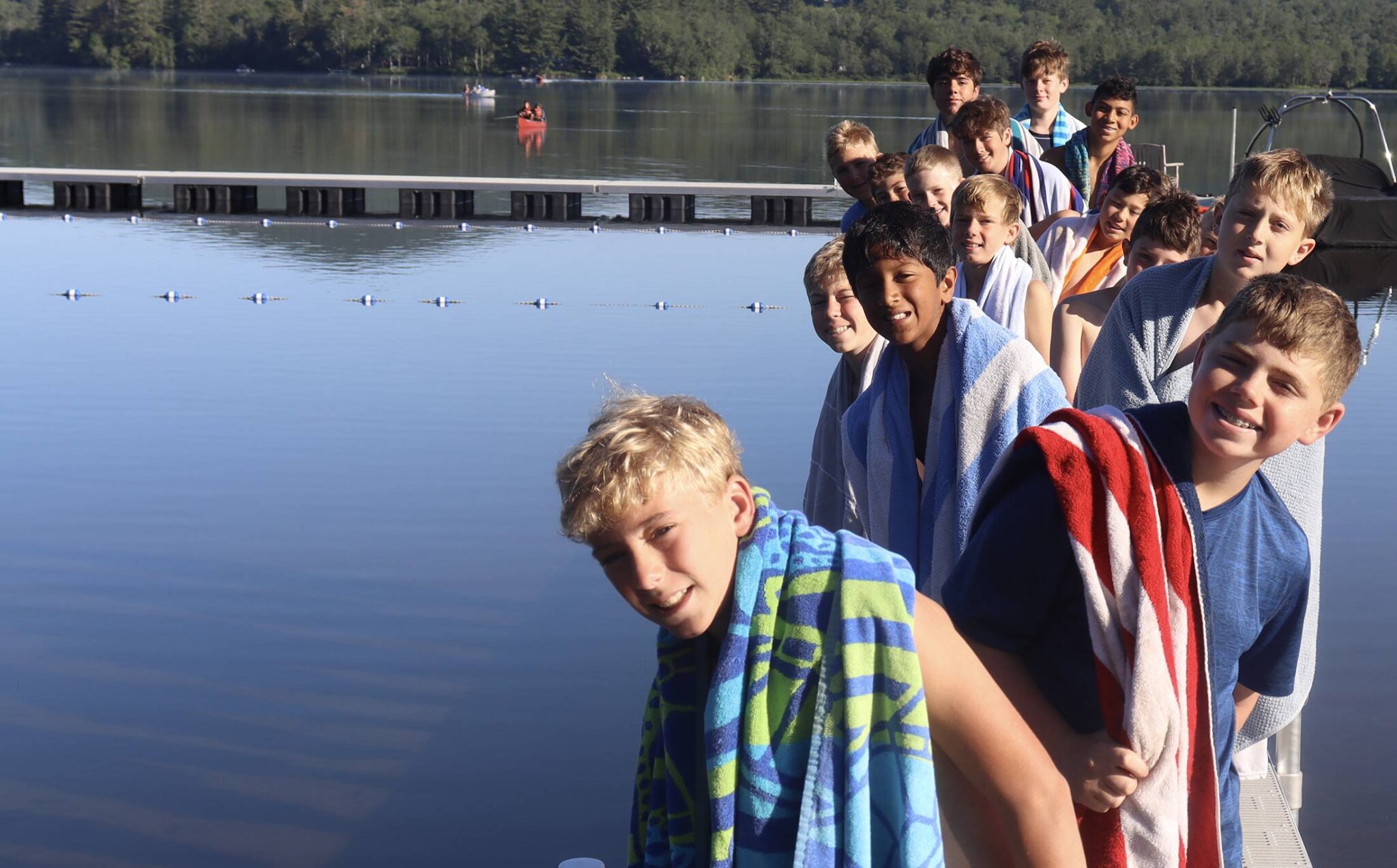
It is our firm belief at Moosilauke that the most powerful factor in the life of a camper (especially a teenage camper) is the peer culture he is immersed in.
by Bill McMahon, Co-Director
As I have referenced in other writings, it is our firm belief at Moosilauke that the most powerful factor in the life of a camper (especially a teenage camper) is the peer culture he is immersed in.
Peer cultures come in many flavors. Without a few important factors in place, they can easily spin negative–“lord of the flies” negative. Negative boy peer cultures are easy to spot: there is significant teasing; the least athletic or socially adept boys are many times the brunt of the teasing; boys avoid trying new things, things they are not good at, because they want to avoid looking weak, and since positive risk-taking is being avoided many times boys in bad cultures default to negative risk-taking.
At Moosilauke, we take pride in having a very positive peer culture. Our culture is the result of several factors. First, even though our staff is bright and skilled in their activity areas, we don’t assume they know how to work with boys. Given this, we spend eight days training our staff on how to be great counselors. (See the blog titled “Counselor Hiring and Training” for details.) Another key is that we have a “zero tolerance” for teasing policy that is clearly articulated to all staff and campers. This does not mean that we don’t have teasing; it does mean that we are incredibly vigilant about keeping teasing to a minimum. We also formally practice gratitude by recognizing when someone does something special. We do this by giving a “BTCOD” (beyond the call of duty) “shout out” during announcement time. We also fill the lives of the kids in our care with positive risk-taking via athletics, waterfront, and outdoor adventure. And it certainly helps that our positive culture seems to attract nice kids.
Creating a positive peer culture from scratch is not easy. One of the key factors in creating our positive culture is that it returns every year via a 90% camper return rate, and over 70% of our staff have been at Moosilauke before.
One sure-fire way to assess the quality of a peer culture is to watch how it treats the kids in it who are the least athletic and socially adept. In bad cultures, these kids are actively marginalized. In positive cultures, like the one at Moose, these kids find a home. They feel better about themselves at Moosilauke than they do during the rest of the year.
I am writing this blog at the end of a dinner cookout on the field during the second night of our first session. While writing, a boy came to me in a panic because he inadvertently threw his retainer in the garbage. Within minutes two staff members and six kids went to our field dumpster and poured through the trash to help the camper find it. And they did. At the next meal, the boy with the retainer gave a “BTCOD” to those that helped him. Although it may seem like a strange event to write about, I think this is a perfect example of how a positive culture works. A camper can make a mistake, and his peers are there for him—even if it means getting a little messy!


